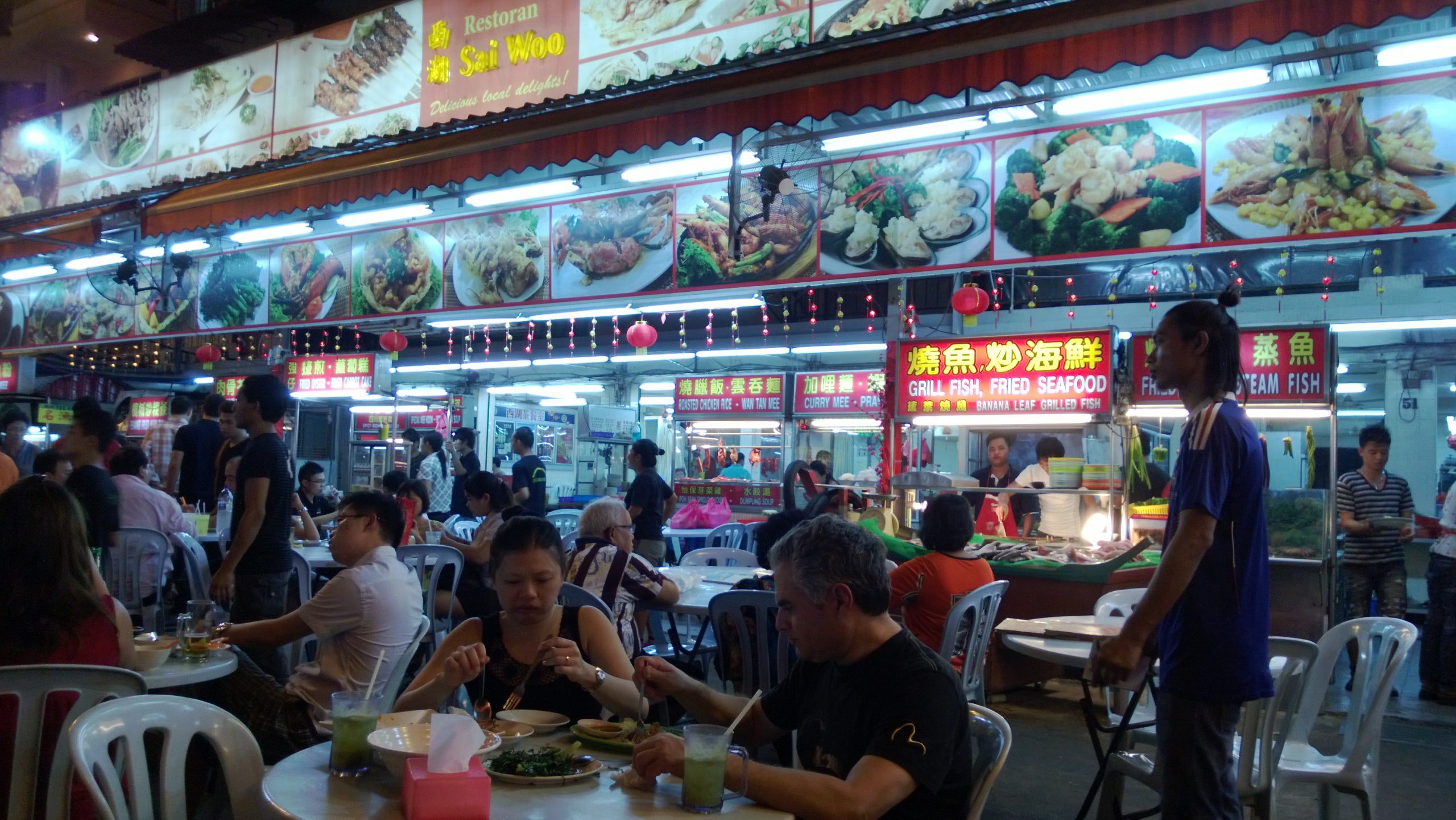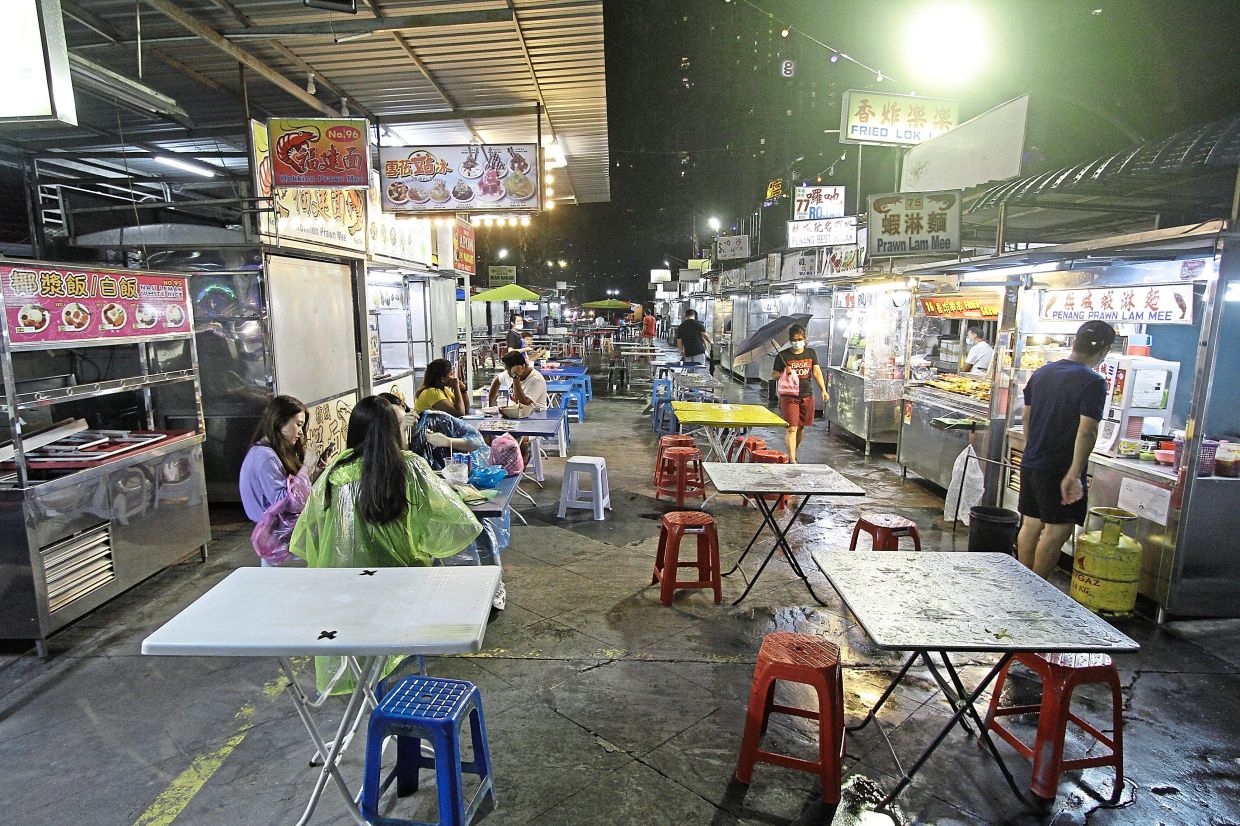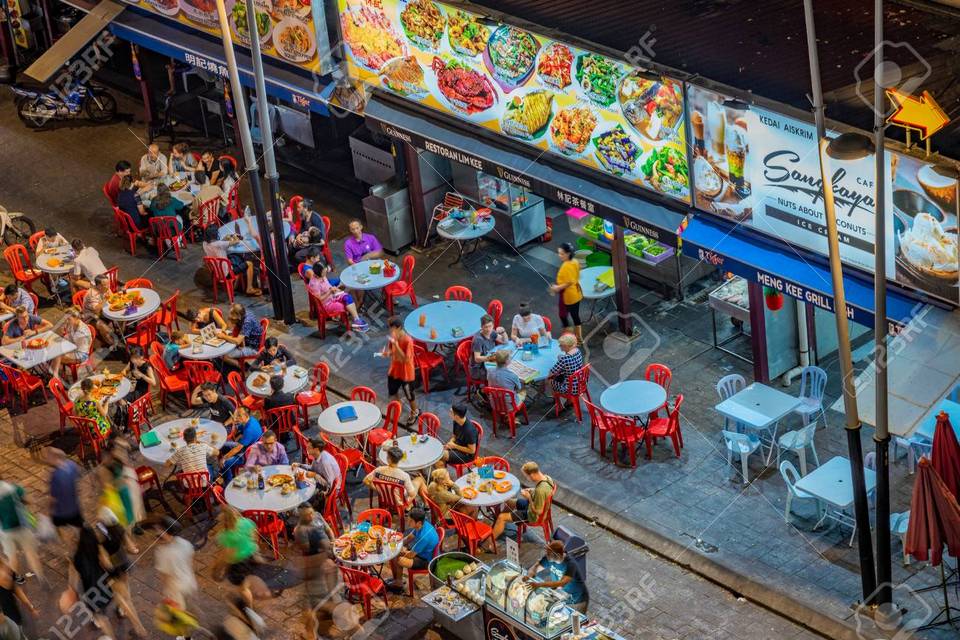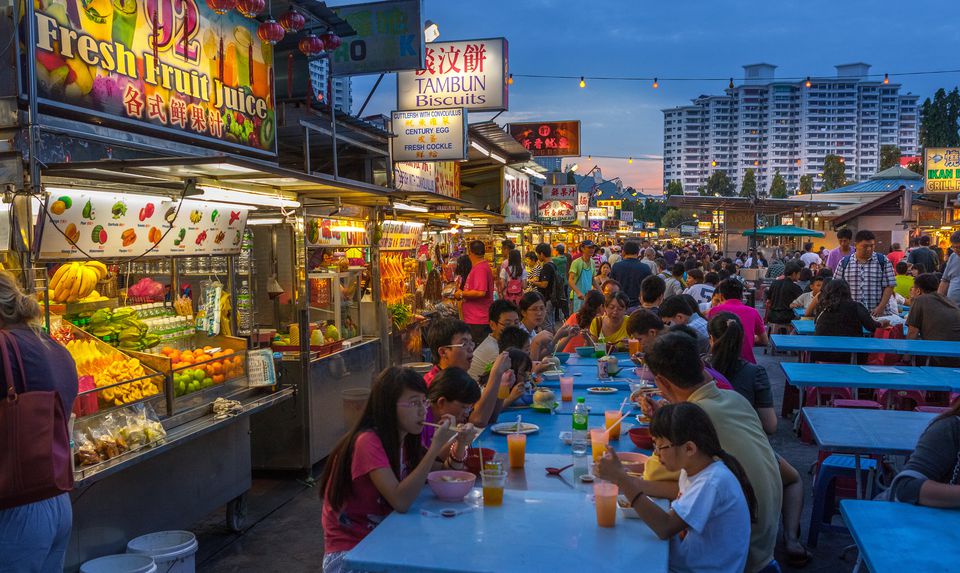Expect Smaller Food Portions For The Same Price, Restaurant Owners To Bear 35% Additional Costs
 Thirsty for JUICE content? Quench your cravings on our Instagram, TikTok and WhatsApp
Thirsty for JUICE content? Quench your cravings on our Instagram, TikTok and WhatsApp

Local food vendors have suffered through numerous new laws in the past year, such as the halt of selling beers due to price hikes of the new government policy and new liquor licensing policies.
Now, consumers may soon see smaller portions being served as some eateries grapple with price increases of raw food materials and other goods, says the Pan Malaysia Koo Soo Restaurants and Chefs Association.
Its vice-president Datuk Ringo Kaw said some operators would reduce the use of raw food and its portions, while others might reduce the volume of food to be sold.
“Essentially, reducing food portions is an increase of food price because even with smaller portions, consumers still have to pay the same (price),” he said.

He noted that some restaurateurs were left with no choice in order to maintain their clients and also said price hikes at eateries were inevitable as the country was still recovering from the devastating impacts of the pandemic.
He said the unpredictable weather, including heavy rains, which resulted in floods and landslides, had affected the production of raw ingredients.
“Consequently, restaurant owners will need to spend more to procure raw food materials,” he said.
On top of raw food materials, restaurant owners also have to bear the 35% additional cost of non-food materials such as plastic bags, sanitising equipment and other overhead costs.
“Both operators and consumers are struggling and need to survive during these difficult times. I just hope everyone, including the consumers, understands the situation restaurant owners are facing,” he said.

Malaysian Indian Muslim Restaurant Owners Association (Presma) president Datuk Jawahar Ali Taib Khan said their members would be keeping their food affordable especially for those in the lower income (B40) bracket.
If price increases were necessary, he said they would make sure they were minimal to avoid burdening consumers.
“We are doing our part to help Malaysians during this hard time,” he said.
Meanwhile, he said customers had the right to decide whether to dine in at restaurants that imposed higher prices.
“Those restaurant operators are doing so probably because the operating costs are higher compared to others,” he said.
He noted that location of restaurants also contributed to the increase of food prices as some owners had to pay higher rentals.
“The price of a piece of roti canai might be RM1.50 in the suburbs but it could be more expensive in the cities,” Jawahar Ali said.
With times like these it is important to not shift blame on the vendors because they’re just doing all they can to keep their businesses afloat. I think we all know which direction our fingers should point, but that’s a different article.


 Get Audio+
Get Audio+ Hot FM
Hot FM Kool 101
Kool 101 Eight FM
Eight FM Fly FM
Fly FM Molek FM
Molek FM